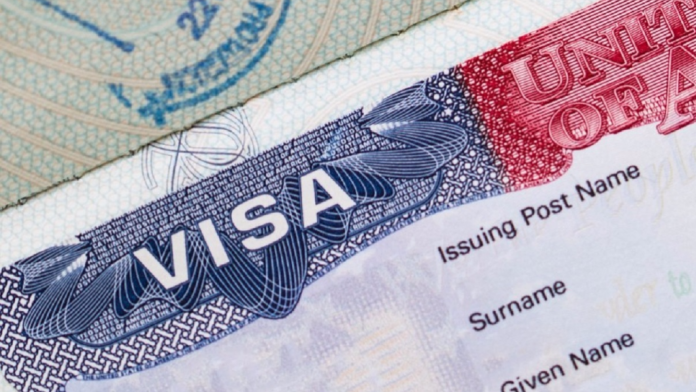After all the stress that the many stages of United States’ University admission processes entail, the final hurdle to cross over is the Visa. And while a lot of students dread this part of the process (after the acceptance/rejection letters), we’re informed that it’s not as daunting as it seems.
Speaking at a Higher Education and Visa Application session at the American Consulate, consulate officer Maria says “Once you gone through the months of prior preparation for your tests, your essays and everything that is a part of your application process, the Visa process should be a walk in the park because you will automatically be prepared for this part of your application”.
Here’s a step by step breakdown of the US Student Visa Application Process-
- The first part of your visa application is to request an I-20 from your university, which is a basic form that has all the information about the course you are pursuing.
- You then have to go online and complete you DS-160 form, wherein you’ll be asked to fill in details about your name, date of birth, etc. This is a crucial step as all the details you fill in here should match the information you’re giving to the visa officer because you might raise a few red flags if the officer finds the information contrasting. Make sure contact info in this form is accurate because if the officer needs to get in touch with you to pick up your passport or to ask you an additional question, you should be easily reachable.
- Once that form is filled, you then go and pay a fee of $160, followed by which you have to schedule your two appointments.
- Your first appointment is your biometrics – your picture, your finger prints, etc. and they will make sure that your forms are in order. Around 50 days later, you have to schedule your interview, which is your second appointment. Then you pay your SEVIS (Student and Exchange Visitor Information) fee. SEVIS is what the Department of Homeland Security uses to track your immigration status at your university.
- The interview process is not a long one – it will only take you a maximum of 1-2 minutes. They do not look at any of your documents here, but engage in more of a conversation to get to know you better. The type of questions they ask may differ from individual to individual, but they usually try to decipher three things –
- Your preparedness.
- If you can pay for your education – the officer is not going to look at your bank documents, but you will have to be able to explain what your plan is to fund your education.
- If you’re going to use your visa properly – they want to make sure that you’re going there for the intended purpose of your visa; which is to study.
- After you complete your visa application process you will then be given your visa within 3-5 working days, but you can even get it as early as within a day. You will be notified of this via SMS or e-mail.
It is highly recommended that you wait till you hear back from all your universities you’ve applied to, till you request for the I-20 form. This is simply so that you don’t accept admission from the first university to get into, and then later on get into a better university, more likely one that you’ve been dreaming to get into – which means that you will have to start the entire visa application process again.
Don’t wait too late to apply for your visa but at the same time don’t apply too early. The ideal time period to apply for your visa is 120 days prior to when your course begins. US laws don’t allow for application and issuing of your visa more than 120 days before your course.
If you want to land in the US much in advance, either to go accommodation hunting or to familiarize yourself with the place, you will have to do so on a tourist visa. You cannot use your visa more than 30 days before your course begins
You’ll find all other queries answered on – www.ustraveldocs.com/in




































